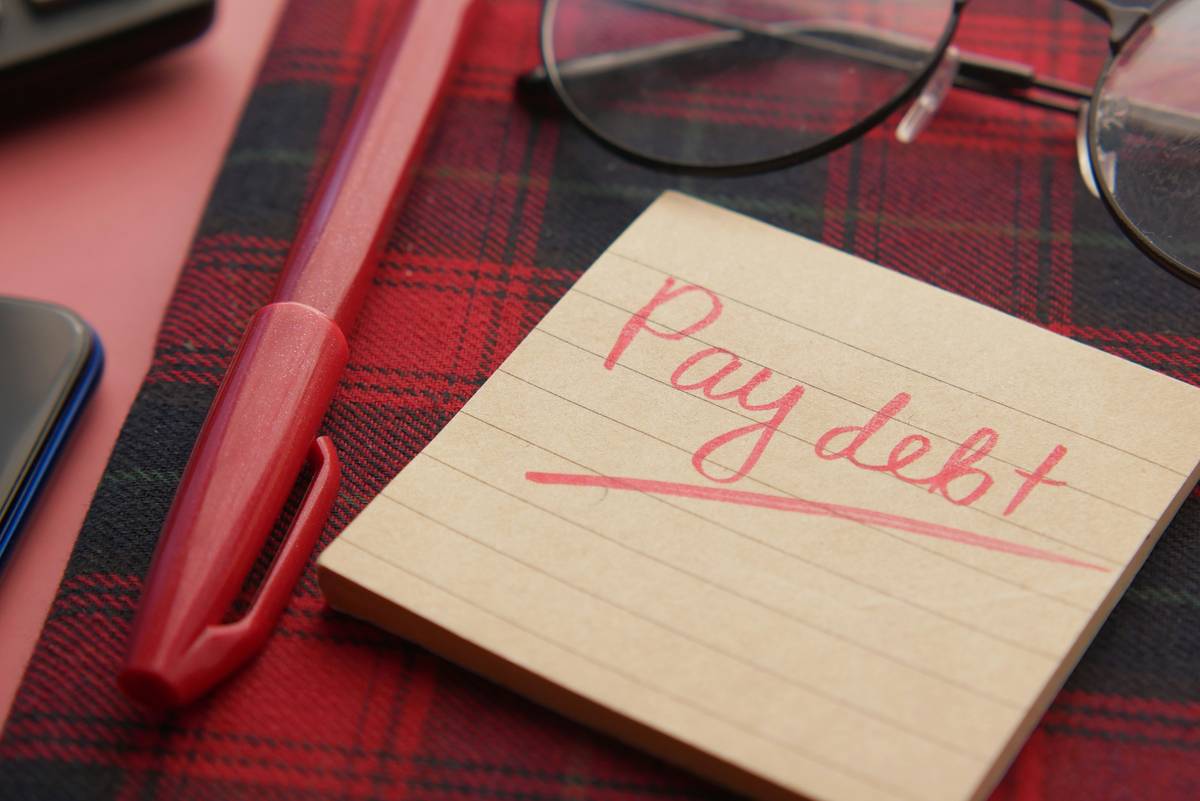“Ever stared at your credit card bill and wondered how you’ll survive another month of minimum payments? You’re not alone.”
In today’s unpredictable financial landscape, finding ways to ease the burden on your wallet is more important than ever. If you’re juggling loan repayments while managing life’s surprises, payment relief might be your saving grace. But navigating loan deferment can feel like trying to decode ancient runes—confusing, overwhelming, and frankly exhausting.
In this guide, we’ll explore what payment relief really means, why loan deferment is a game-changer, and how you can secure it without losing sleep (or sanity). By the end, you’ll have actionable steps, insider tips, and real-world examples to help you breathe easier when money gets tight.
Here’s what we’ll cover:
Table of Contents
- Why Payment Relief Matters
- Step-by-Step Guide to Loan Deferment
- Tips for Successful Payment Relief
- Real-Life Stories of Payment Relief
- FAQs About Payment Relief and Loan Deferment
Key Takeaways
- Payment relief through loan deferment allows you to pause or reduce payments temporarily during financial hardship.
- You must qualify based on lender criteria, so preparation is key.
- Explore additional options like income-driven repayment plans or forbearance if deferment isn’t available.
- Avoid common pitfalls such as missing deadlines or failing to document your situation properly.
Why Payment Relief Matters

Let’s get real for a moment. In my early twenties, I thought using half my paycheck to pay off student loans was “adulting.” Spoiler alert: It wasn’t sustainable. I once accidentally overdrafted my account because I forgot about an auto-debit—and let me tell you, that $35 fee felt like betrayal itself.
Fast forward to now, and I’ve learned firsthand how critical payment relief strategies are during tough times. Whether it’s unemployment, medical emergencies, or unexpected expenses, knowing how to hit the pause button on your loans can save both your credit score and your mental health.
The Problem with Ignoring Financial Strain
Without addressing cash flow issues head-on, many borrowers fall into what I call the “minimum payment trap”—paying just enough each month to stay afloat but never making meaningful progress toward debt freedom. Meanwhile, interest continues to pile up, creating a vicious cycle.
What Is Loan Deferment?
Loan deferment, also known as payment relief, lets you temporarily stop making payments or reduce them for a set period. Unlike forbearance, which often still accrues interest, deferment freezes your loan balance in place, meaning no surprise hikes later.
Step-by-Step Guide to Loan Deferment

Optimist You:* “This sounds doable!”
Grumpy Me:* “Yeah, but only if you’ve got all your ducks in a row.”
Step 1: Check Your Eligibility
Not everyone qualifies for deferment. Lenders typically require proof of financial hardship caused by events like job loss, medical emergencies, or natural disasters. Gather documentation ahead of time—pay stubs, unemployment notices, hospital bills—you name it.
Step 2: Contact Your Lender Directly
Pick up the phone or send an email ASAP. Be polite but firm when explaining your situation. Don’t assume they’ll offer deferment unless you ask explicitly. Trust me; lenders aren’t mind readers.
Step 3: Submit Necessary Paperwork
Be prepared to fill out forms galore. This part feels like filling out taxes twice, but it’s necessary to prove your case. Double-check everything before submitting—you don’t want typos delaying your request.
Step 4: Confirm Approval & Adjust Budgets
Once approved, celebrate responsibly (no spontaneous vacations!). Then revisit your budget to allocate freed-up funds toward essentials like groceries or rent.
Terrible Tip Alert!
_“Just ignore those pesky statements until things improve.”_ Wrong. Missing even one payment could lead to penalties, damaged credit scores, and rejected deferment applications. Always communicate openly with creditors instead.
Tips for Successful Payment Relief
Tip #1: Explore Alternatives Like Forbearance
If deferment isn’t an option, consider forbearance. While less ideal since interest keeps accruing, it’s better than defaulting altogether.
Tip #2: Automate Communication Tracking
Use apps like Trello or Google Sheets to track correspondence with lenders. Pro tip: Record dates, names, and outcomes of every interaction. Sounds boring, but it saves headaches down the line.
Tip #3: Avoid Overborrowing Post-Deferment
It’s tempting to go wild after getting breathing room back. Resist! Use this newfound financial flexibility wisely.
Real-Life Stories of Payment Relief

Sarah from Chicago faced mounting medical bills after surgery. After applying for deferment, she managed to get six months of reduced payments, allowing her family to stabilize their finances. She says, “Knowing there’s light at the end of the tunnel made all the difference.”
FAQs About Payment Relief and Loan Deferment
Q1: Will My Credit Score Be Affected During Deferment?
Nope! Properly handled deferments won’t hurt your credit. Just ensure timely submission of required paperwork.
Q2: Can I Apply for Deferment More Than Once?
Yes, though policies vary by lender. Some allow multiple deferments under different circumstances.
Q3: What Happens When Deferment Ends?
Your regular payment schedule resumes. Plan ahead to avoid sticker shock.
Conclusion
Facing financial challenges is no fun, but securing payment relief via loan deferment doesn’t have to be daunting. With careful planning, proactive communication, and smart budget adjustments, you can navigate these waters successfully.
Remember, persistence pays off—literally. And hey, treat yourself to something small along the way. Like dial-up internet speeds, progress may seem slow, but rest assured, you’re moving forward.
“Life’s messy, but so are brownies straight outta the pan.”
(See ya soon!)


